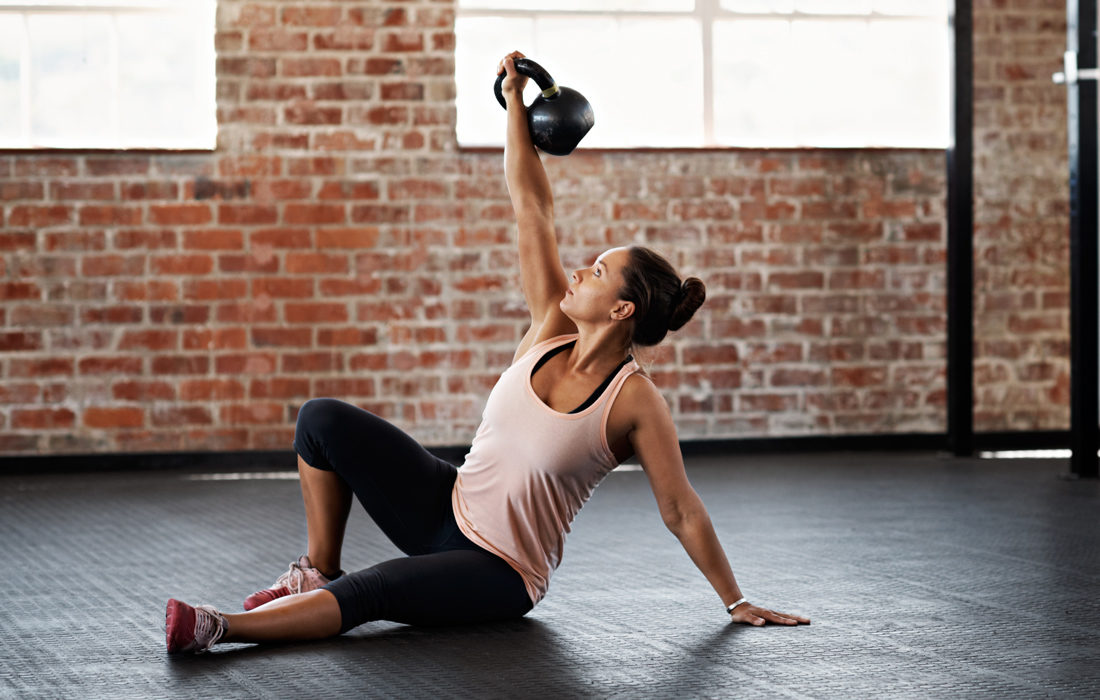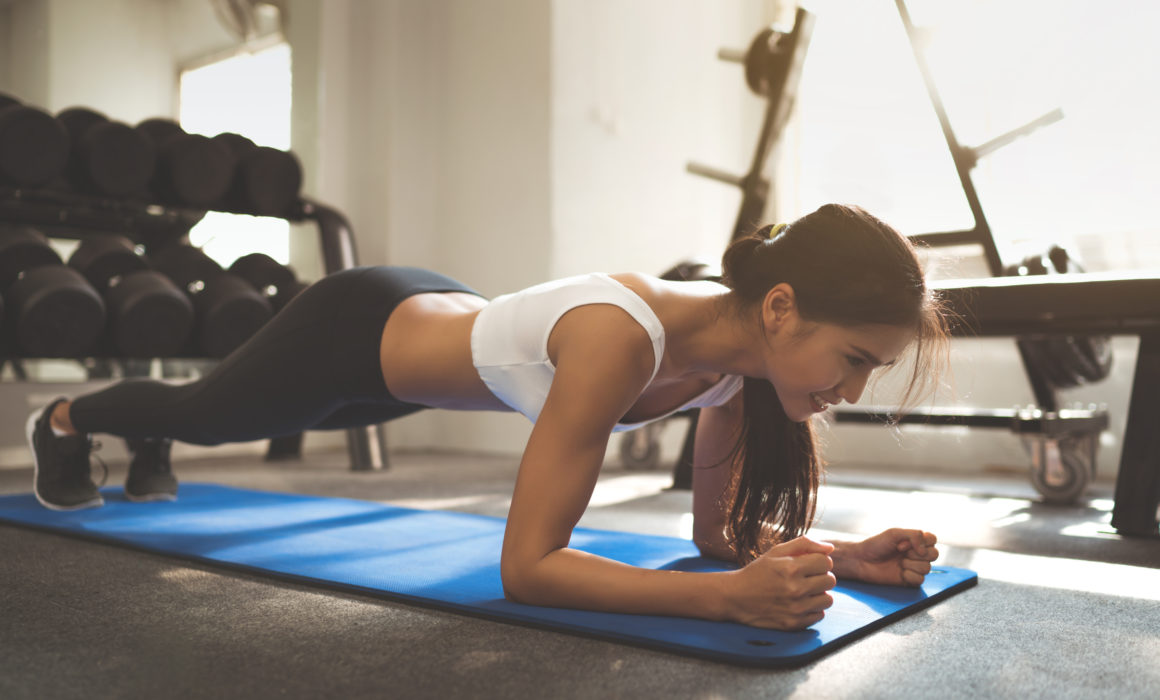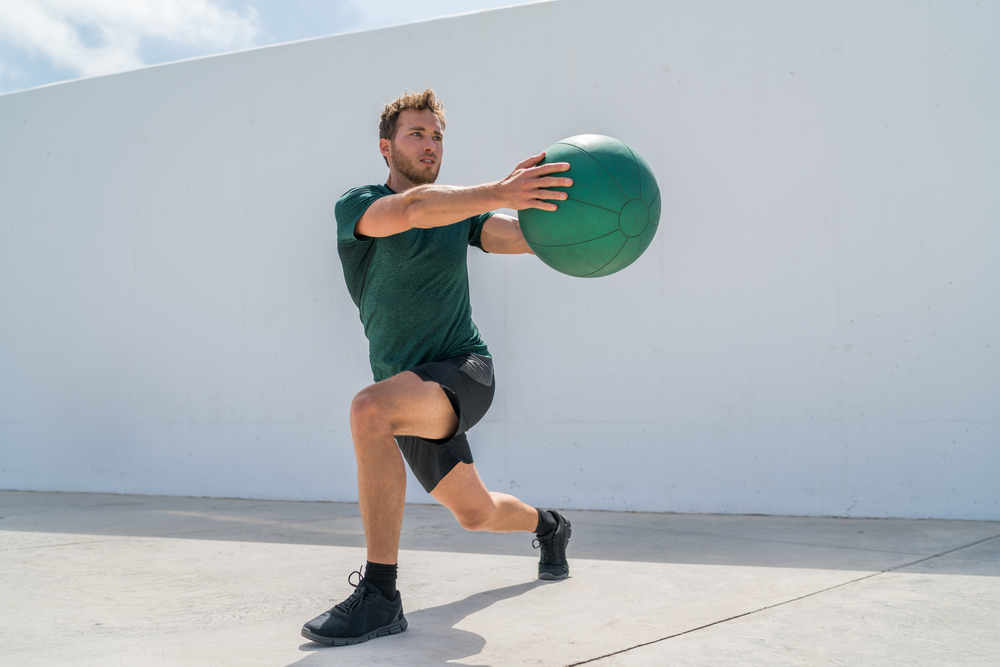How to Do a Turkish Get-Up
How to Do a Turkish Get-Up
The Turkish Get-Up is an exercise that dates back to ancient wrestlers in what is now Turkey to prepare themselves for competitions. This is a great ancient exercise with present day benefits. The Turkish Get-Up is a total body exercise that increases strength, stability, mobility, balance and coordination. It can be used in a warm-up, as an assessment of overall strength and mobility, and within a strength-training program. The Get-Up is generally performed with a kettlebell, but can also be used with a dumbbell. The Get-Up is a complex movement that requires coordination in order to execute properly, but the benefits of this exercise are well worth it.
Here are a few benefits of the Turkish Get-Up
- Single leg hip stability during the initial roll to press and during the bridge
- Shoulder stability
- Incorporates all three planes of movement
- Thoracic extension and rotation
- Hip and leg mobility and active flexibility
- Stability in two different leg patterns – lunge stance as well as squat stance
- Both rotary and linear stability
- Ankle mobility
- The ability to link movement created in our extremities to the rest of our body
Step-by-step guide on how to properly execute the Turkish Get-Up
- Starting position – Lie on your back with kettlebell or dumbbell in your right hand – straight up in the air. Right knee will be bent with foot planted firmly on the ground and the left leg is straight on the ground. Left arm is straight on the ground, at a 45 degree angle.
- Elbow – With your right foot being firmly on the ground, roll onto your left elbow, with weight still above head.
- Hand – Once you have shifted weight to the elbow, continue rolling up until your weight is supported in your left hand. You should have 3 support points – left hand, left glute, and right foot.
- Bridge – Lift your hips off the ground keeping your right arm extended straight overhead, and your weight in your left hand. Keep looking up at the weight and keep it overhead. You should have 2 support points – left hand and right foot.
- Leg Swing – With hips still lifted in the bridge, swing your left leg under your body, and place your knee on the ground underneath you.
- Kneel – Take your left hand off of the floor and straighten up so your body is upright. Turn your legs so that they are parallel to each other.
- Stand up – Drive your back foot through your hips and into your front foot, stand up from the lunge – keeping the weight straight overhead and look at the weight.
- Reverse Lunge – Keep the weight overhead, and step your left foot back in a reverse lunge, lowering your knee to the ground – with legs parallel.
- Lowering Hand – Swinging hips, lower left hand down to the ground.
- Swing leg – Now that your hand is on the ground, swing your left leg back to the front of you – with your weight in your left heel, left hand, and right foot.
- Elbow – Lower your weight back to your elbow – with contact points being your left elbow, left butt cheek and right foot.
- Finish – Lower your torso down to the ground and end in the beginning position.
The Turkish Get-Up can be modified for beginners and people dealing with injuries. Possible modifications would be to lighten the weight, no weight, Stage 1 Get-Up, or Stage 2 Get-Up.
Stage 1 Get-Up
Stage 2 Get-Up



